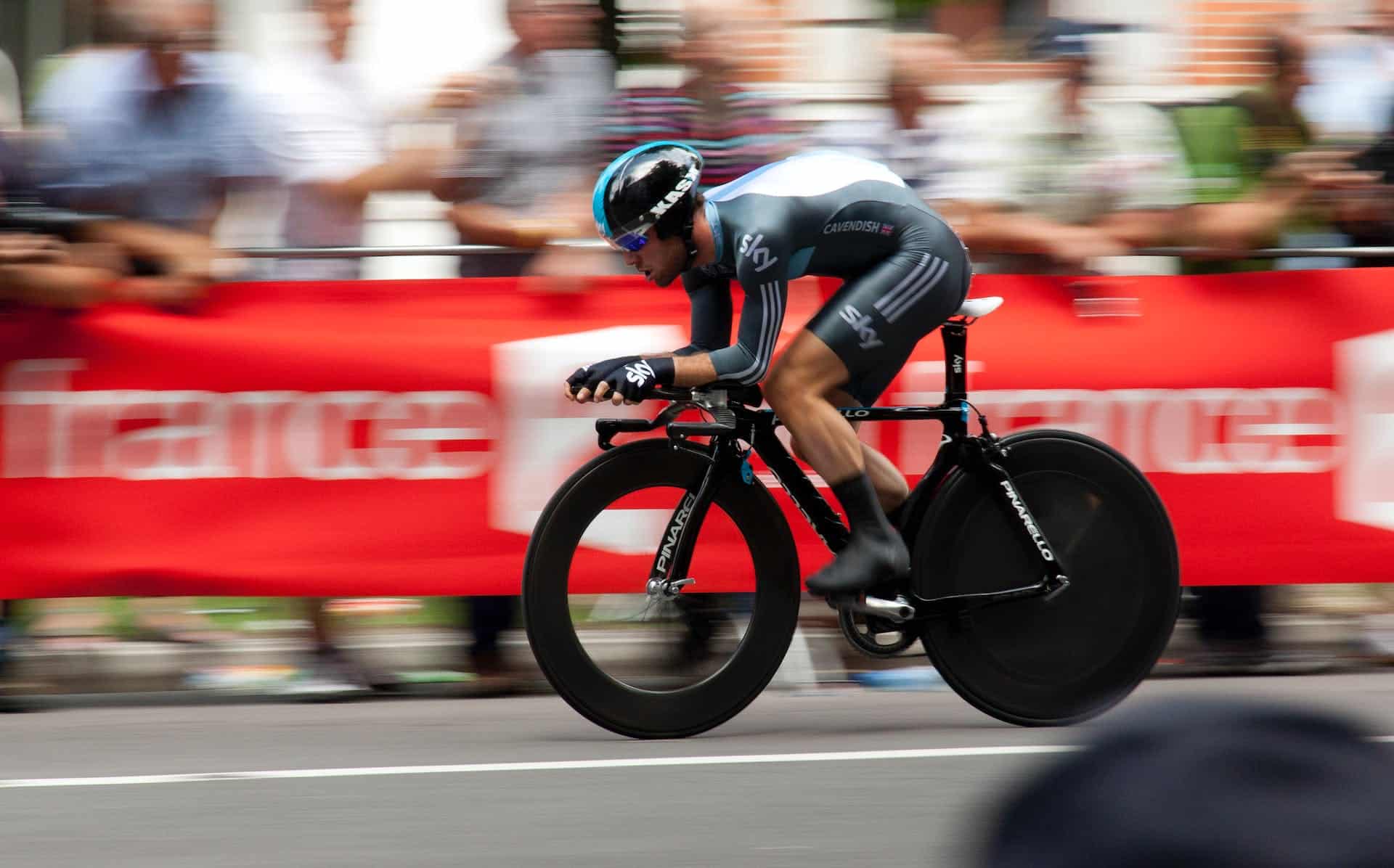Abstract
Cardiovascular disease (CVD) is the leading cause of mortality in people with type 2 diabetes mellitus (T2DM), yet a significant proportion of the disease burden cannot be accounted for by conventional cardiovascular risk factors. Hypertension occurs in majority of people with T2DM, which is substantially more frequent than would be anticipated based on general population samples. The impact of hypertension is considerably higher in people with diabetes than it is in the general population, suggesting either an increased sensitivity to its effect or a confounding underlying aetiopathogenic mechanism of hypertension associated with CVD within diabetes. In this contribution, we aim to review the changes observed in the vascular tree in people with T2DM compared to the general population, the effects of established anti-diabetes drugs on microvascular outcomes, and explore the hypotheses to account for common causalities of the increased prevalence of CVD and hypertension in people with T2DM.
Background
Type 2 diabetes mellitus (T2DM) and hypertension are established risk factors for cardiovascular disease (CVD), and people with T2DM and hypertension have an increased risk of cardiovascular (CV) mortality compared with those with either condition alone. This excess risk is suggested to be due to the synergistic effect on large and small blood vessels simultaneously, thereby reducing the potential for compensatory collateralization protecting organs from the adverse consequences of damage to either vascular bed. The principle role of the vasculature is to deliver oxygen and nutrients to the tissues—whether that is the heart, the brain, or the kidney. The functional changes occurring in T2DM and hypertensive conditions significantly alter the hemodynamic stress on the heart and other organs. However, the different physiology, mechanisms and changes at the microvascular level differ from those at the macrovascular level in T2DM and hypertension, which in turn have significant implications with respect to future CV risk.
YOU MAY ALSO LIKE:
- Apple Watch 4 can detect D’OXYVA’s benefits
- Researchers Identify Underlying Main Causes of Brain Damage, Dementia and Potential Breakthrough Solution (Part I)
Conclusions
Over the past few decades, epidemiological studies have elucidated the role of impaired microcirculation in people with diabetes and aetiopathogenesis of CVD. This has led to the recognition of the prevalence of microvascular disease. Furthermore, the prognostic value of incidence of microvascular disease in predicting CVD is now acknowledged. The focus of present-day epidemiological studies is to understand the association between pathological mechanisms and the risk factors to ascertain whether they are targets of therapeutic value or risk markers of CVD. These studies have contributed to the evidentiary framework in favor of clinical monitoring of microvascular function, and spurred the initiation of mechanistic studies by redefining our knowledge of vascular disease, particularly in people with diabetes.
Read full article: https://www.ncbi.nlm.nih.gov/pmc/articles/PMC5905152/
HOW D’OXYVA CAN HELP?
Over the past few decades, epidemiological studies have elucidated the role of impaired microcirculation in people with diabetes and aetiopathogenesis of CVD. D’OXYVA is the only fully noninvasive, completely painless transdermal (over-the-skin) microcirculatory solution that has been clinically tested to significantly improve microcirculation.
The improvement of microcirculation, i.e., blood flow to the smallest blood vessels, benefits one’s health, immune system and overall sense of well-being in a variety of ways.







